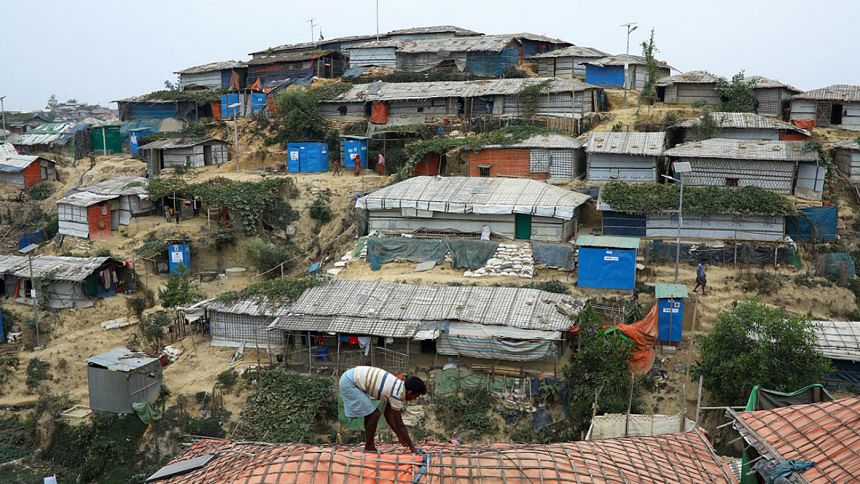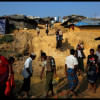Cyclone Fani: UN moves to protect Rohingyas

The UN refugee agency, UNHCR, and the International Organization for Migration (IOM) have taken measures to ensure the protection of Rohingya families in Cox's Bazar district during the expected heavy rains and strong winds caused cyclone Fani.
According to the World Metereological Organization (WMO), the forecast on Friday was that cyclone Fani "would move north-northeast towards Bangladesh where there were concerns about the effects of potential coastal flooding".
Bangladesh is hosting over 1.2 million Rohingyas, most of whom fled Myanmar in 2017.
The impact is expected to be less severe in areas such as Cox's Bazar, said WFP's spokesperson Claire Nullis, which is home to the world's largest "refugee" camp, populated mainly by Rohingya people who have fled northern Myanmar.
In an interview with UN News, IOM Deputy Chief of Mission in Bangladesh, Manuel Pereira, said 'tie-down kits' were being distributed to secure houses and shelters for the past two weeks, and underlined that they were working to "avoid any loss of lives".
The World Food Programme (WFP) said in a statement that its staff had been completing engineering and disaster risk reduction work around Cox's Bazar, to make the camps safer and more accessible, during monsoon and cyclone seasons.
Extra stocks of food and prepositioned supplies were in place, in case of any impact and teams were monitoring the potential impact on the refugee camps, said the UN News.
One of the strongest storms to batter India in decades made landfall near the northeastern coastal city of Puri on Friday morning.
The cyclone lashed the coast with the maximum wind speed of up to 175 kilometres per hour (125mph) with heavy rainfall and coastal flooding.
Highlighting the zero-casualty cyclone preparedness policy of the Indian government, Denis McClean, a spokesperson for the UN Office for Disaster Risk Reduction (UNISDR), said "the almost pinpoint accuracy of the early warnings from the Indian Meteorological Department had enabled the authorities to conduct a well-targeted evacuation plan, which had involved moving more than one million people into storm shelters".
Local authorities are accommodating evacuees in over 4,000 shelters, including 880 specially designed to withstand cyclones.
"Schools were shut, airports closed, and transport suspended, and although the damage to infrastructure was expected to be severe, there were no reports of any deaths," McClean added.

 For all latest news, follow The Daily Star's Google News channel.
For all latest news, follow The Daily Star's Google News channel. 








Comments